Over the past year, I have been to Masada at least once every. single. month. Some of you may think, “Gosh, by the thirteenth time you must have just about had it. You must have been so bored.” But actually, I didn’t get bored—I didn’t have enough. I got to the point even that I looked for ways to get back and find different ways to make the story of Masada relevant to the different groups. I’m not going to tell to the whole story of Masada because:
- I’ve told some of the story in other blogs.
- You may have to come to Israel and hear the story in person! 😊
At the same time there are different things I learned from going to Masada every month for thirteen months in a row. Here are some of those things:
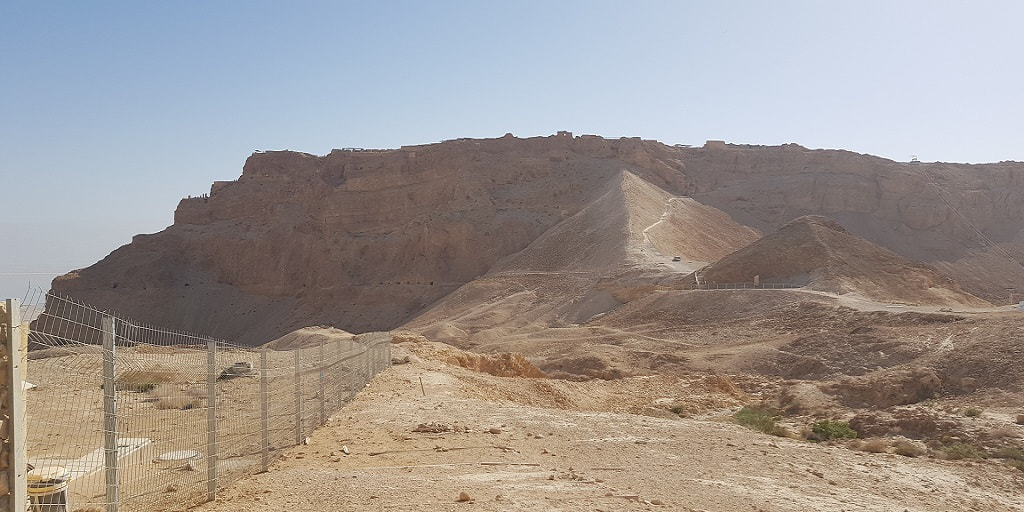
Know where your red lines are
In a nutshell, the story of Masada goes as follows:
After the Roman army destroys the Second Temple in Jerusalem as a response to a Jewish revolt, a group of Jews come to Masada as a last stand. When the Romans come to Masada, the Jews understand they need to choose what their response is going to be. Once the Romans reached the top of the plateau, they find the Jews are all dead with the food burning
It’s an extreme story, but what we can learn from it is that these zealots knew what their red lines were. They knew when enough is enough. There are so many issues that exist today that are so troublesome, we must know where our red lines are. If we don’t, these very issues will be never ending and cyclical.
What you are going to do about it if those red lines are crossed
For the zealots on top of Masada, knowing where their red line was wasn’t enough. It wasn’t enough that they had enough with the Roman control over their lives. It wasn’t enough just to take a stand against the Romans. It wasn’t enough just to climb up to the top of a plateau in the middle of the desert and rationing out the food and water. They knew what they needed to do when their red line was crossed.
Knowing where your red lines are well and good. But if you don’t do anything about it once the line is crossed than what is the point of having a red line? It can be something as simple as writing to your politicians if it’s a political issue. If it’s an environmental issue, make sure to clean up the litter on the streets of your neighborhoods, cities, etc. Whatever the issue is, create the red line. But you must also know what you are going to do when those lines are crossed.
Explore what you want your legacy to be
Part of the Zealots’
motivation to climb up Masada was in their understanding of what their legacy
was going to be. They truly thought that they were the last free Jews in
the world. They believed that what they decided to do would be the legacy of
the Jewish people—it would end the chapter of Judaism. Every other Jew had
faced one of two options:
1. Death in fighting the Romans
2. Slavery in the Roman Empire
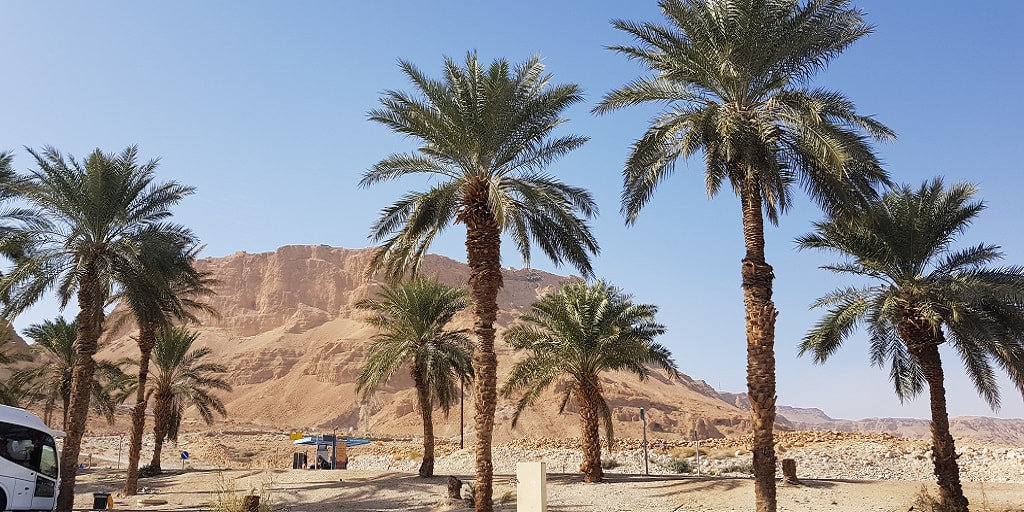
For the Jews of Masada slavery surely meant assimilation into the Roman culture and the disappearance of Judaism within a generation. This led to them believing with every bone in their body, that they were the last free Jews. How they ended the story would be the end of Judaism. How the history books write about Judaism? What would future generations learn about these people?
Today we can see that they were wrong, but this belief they held so strongly encourages us to think about what our own, individual legacy will be. What do we want it to be? What do we want it not to be? And what are we doing to ensure the legacy we leave behind is the legacy we want for ourselves? Studying the story of Masada—and maybe taking a few moments to meditate on the story while at the site—can provide insight into those questions.
Take the time to connect to your surrounding nature
One of these many trips up to Masada was with Hebrew University. We slept at the hostel at the base of the plateau the night before, and woke up at 4:00 in the morning to hike up before the sunrise. Once I made it up to the top, I sat down near the entrance of the fortified walls of Masada to catch my breath. After making up in a personal record time, sitting on a bunch of rock never felt so comfortable-the sunrise was almost as breathtaking as the hike.
A different sunrise hike up Masada was in June– we hiked up before the heat settled. This time we hiked up the Roman Ramp and had more breath to spare to walk across the plateau to take pictures of the sunrise. As the group was taking those sunrise pictures, I took a seat and began the day right–drinking my entire bottle of water (hydration, hydration, hydration). This trip was a ten- day trip, and so after six packed days of running around the country, this break was much needed and refreshing.
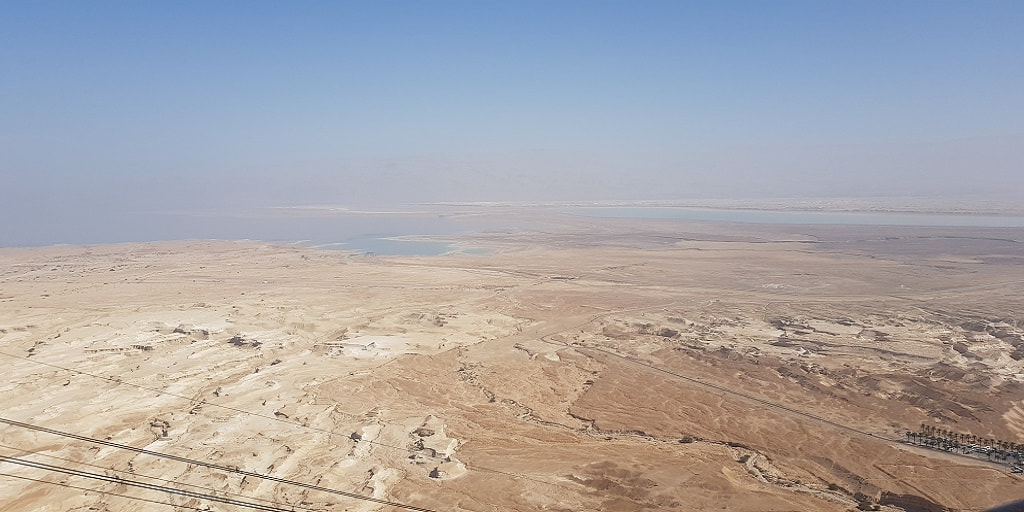
What both of these specific trips gave me was a moment to connect to the nature of the site, and to nature in general. So often we get wrapped up in our technology and 21st century lifestyles, we forget to look out the window of the bus. We forget to smell the flowers. We forget to look around us. And we forget to connect to nature. These two trips, and the other eleven, allowed me to connect to the nature of Masada–to look over and see the Dead Sea and the mountains of Jordan, to smell the dry, crisp air of the desert, and to begin to comprehend the vastness of the surrounding mountains.
Being Quiet
One of my thirteen trips was guiding a group from a cruise ship docked in the port of Ashdod. When we arrived, it seemed that the ENTIRE cruise had arrived. It was incredibly hectic, and while my group had a meaningful experience at Masada I had to be particularly focused on keeping the group together. On the way back down Masada on the cable car, I remembered a different trip to Masada that was a few years back. We were a group maybe twenty people and we arrived at the end of the day. Once we were done, the group was continuing on their way down the Roman Ramp, while I returned home by going down the cable car. Walking across the plateau to the cable car, I felt like I was the only person on top of Masada. It was eerie because the ONLY sound I heard was my feet stepping on the rocks.
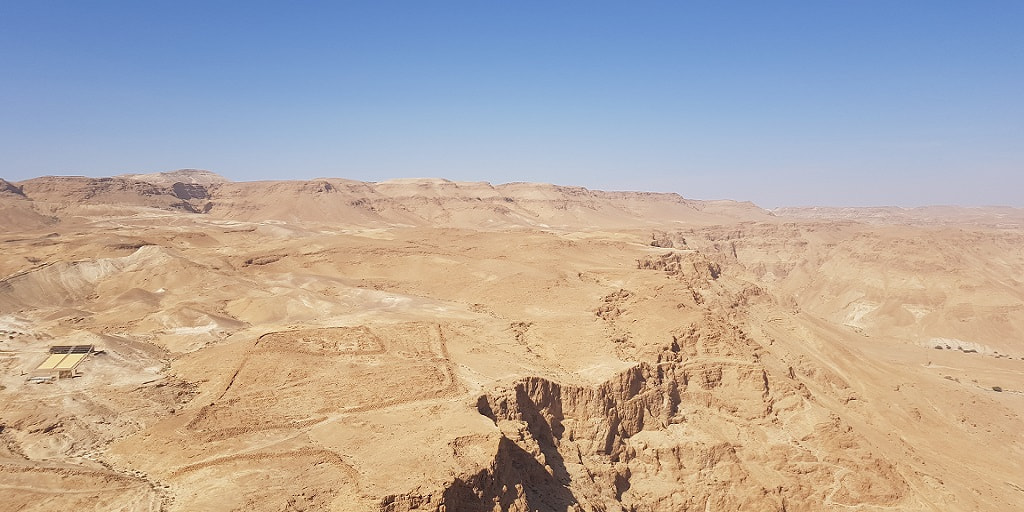
Those moments walking across Masada were some of the most powerful moments I’ve had at Masada. During the cruise trip to Masada I craved for those quiet moments I had before. I learned from this contrast that sometimes we have to be quiet. Sometimes we have to learn to listen to the sound of our footsteps. Sometimes feeling completely alone is healthy–that stillness and quiet clears our mind.
Shout It Out Loud
If you to the end of Masada opposite from all of the archaeology and remains, there is a balcony of sorts at the very edge facing the surrounding mountains. Many people miss this section because it’s separated from the rest of the site, and by the time you’re done with the story, you’re ready to head down and get to the Dead Sea for a dip in the water. But when you reach the opposite end, magic can happen. Alright, it’s not actually magic, it’s geology, but it feels like magic. If you shout out a sentence to the mountains, the mountains return the echo to you. The trick is to be quiet when you finish the sentence. Every time I do this part with a group, I wait in anticipation to see their reaction. And every time, their reaction is amazing, While I mentioned before sometimes we need to be quiet and listen to our footsteps, sometimes we need to shout things out loud. We need to demand we be heard–and to check that we can hear ourselves.
These two acts are opposites, but both opposites are needed in balance. We need to have the silence and the quiet in order to let our heads clear out. But we need to have our voices heard, and we need to believe in our own self-values. We need to demand that others understand our self-value as well.
Two Rocks…
There is an idea that is often expressed at Masada, but it can really take place anywhere outside. It begins with the idea of two rocks—one in each pocket. The first rock represents the statement:
“The world was made for me.”
The second rock represents a second statement:
“From dust did I come, and to dust shall I go.”
Both of these rocks, or sentences, are meant to help us keep a very important balance. Sometimes we’re having a rough day. We don’t wake up to our alarm clock; we’re late to work or work; we spill our coffee all over our outfits; someone says something nasty to us. It happens to all of us…and it sucks. We feel really bad on these days. We come home these days exhausted, and drained, and looking for something to make us feel better. And that’s when we need to pull the first rock—the first thought. The idea that the world is made for you individually. This idea is rooted a Jewish mystic idea about the world’s creation. The way it works is something like this: In the beginning of the world, all of G-d’s presence was contained in different vessels. Suddenly one of these vessels, containing G-d, broke into millions of tiny, little pieces.
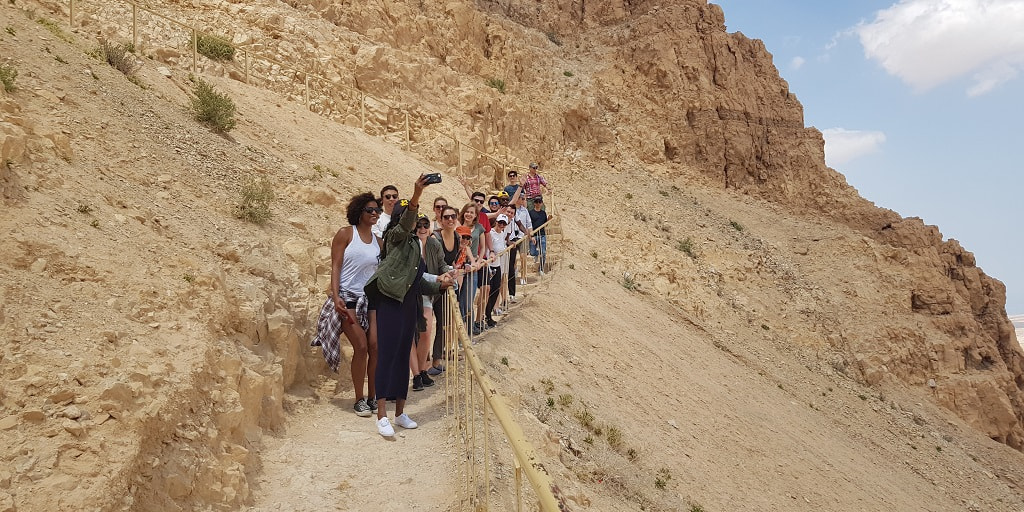
There are two ideas about what happened to all those pieces:
1. Every time we do a mitzvah, a commandment, a good deed we send one of those pieces back in its spot. We help an elderly person cross the street? A piece goes up to where it belongs. We donate to charity? Another piece goes up. We host a family meal on Shabbat? The same thing. Every time we do something bad, we bring down one of those pieces already in place back to Earth. Humanity’s goal is to put together the broken vessel.
2. The second idea relates to the two rocks. Once the tiny pieces fell down to Earth, they became a part of every single person’s soul. So, we all have a little piece of G-d’s presence inside of us. And therefore, the world was made for me—for you, for your neighbor, etc. So when we are having that bad day, that bad week, whatever, you take out that thought that the world was made for you. This will end, and you have the whole world is at your feet.
And then sometimes we have days where we are on top of the world. Our co-workers think our ideas are amazing; the new shirt we bought looks great on us; we do a great job on our workout; we get promote by our boss. Things are going well, which is great! But then we must remember that second sentence: “From dust did I come, and to dust shall I go.” While things are going well and positive, and it’s good to be excited about it, we must remember to keep our egos in check. In the bigger picture of this whole, wide world, we are small, simple part of the universe. We are just a blimp in the radar.
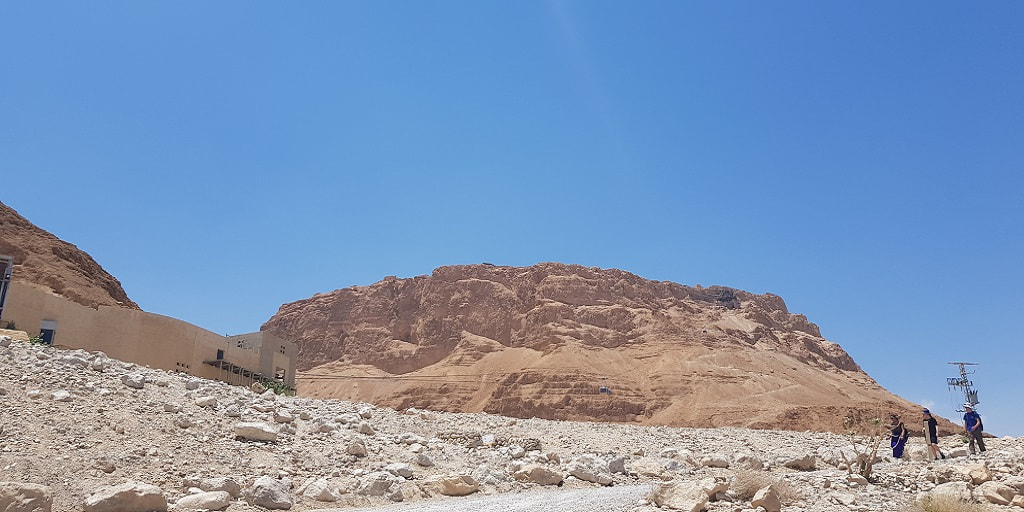
After all these trips,
I finished reading a great book called the “The Weight of Ink” by Rachel Kadish. The plot is actually about English Jewry in 17th century. But Kadish created an amazing connection to the story of Masada. Part of the connection:
“The faded silhouette of Masada offered itself, its mute lines clear testimony for those who knew to read what was written there. A stark choice. Self-immolation or slavery. Freedom or life, but not both.
“Because,” Helen said, “if we had been there, he would have cut my throat.””
This and other texts from the book took my breath away. I’m not exactly sure if I can articulate why, but these texts get to the heart of what the Jewish Zealots believed in the years of Masada’s story… and the reason why I keep on guiding groups there.


